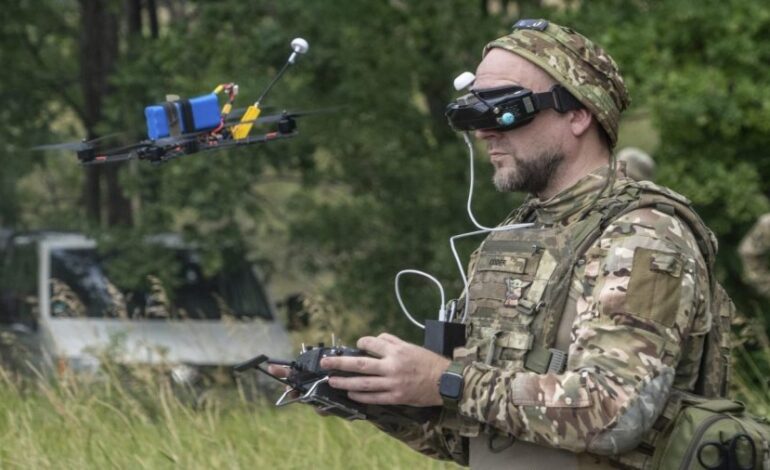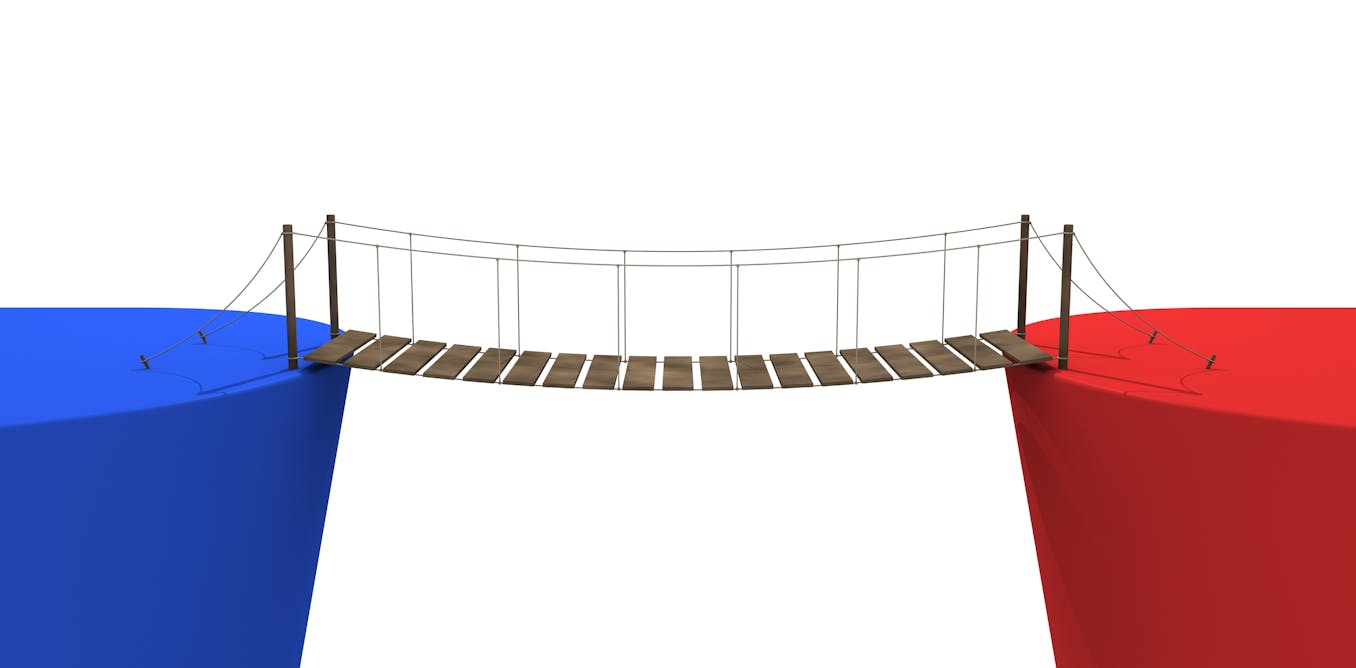Trump’s Ukraine Drone Deal Fuels U.S. Military Reindustrialization

Former President Donald Trump has announced a significant drone deal with Ukraine, a move aimed not only at bolstering Ukraine’s defense capabilities but also at addressing critical gaps in the United States’ own military readiness. This agreement comes as tensions rise in the Indo-Pacific region, where U.S. forces face challenges associated with an aging unmanned drone arsenal.
The deal, valued at approximately $6 billion, is designed to provide Ukraine with advanced unmanned aerial systems. This equipment is essential for Ukraine as it continues to defend itself against ongoing aggression. However, the implications of this agreement extend beyond Ukraine’s borders, signaling a potential shift in U.S. military strategy and capabilities.
Reassessing U.S. Military Readiness
Reports indicate that the U.S. military is not adequately prepared for a protracted conflict in the Indo-Pacific. The challenges include a lack of modern unmanned aerial vehicles (UAVs) that can effectively compete with advanced military technologies. The Pentagon has acknowledged these deficiencies, emphasizing the need for rapid modernization of its drone fleet.
The integration of the drone deal with Ukraine aligns with these objectives, as it will not only enhance Ukraine’s defense but also stimulate the U.S. defense industry. By increasing domestic production of drones, the U.S. can enhance its own military capabilities while also supporting an ally in need.
Defense experts suggest that the partnership could provide a much-needed boost to U.S. manufacturing and innovation in military technology. The deal is expected to create jobs within the defense sector and foster advancements in drone technology that could be beneficial for U.S. forces in future conflicts.
Impacts on Global Military Dynamics
As the U.S. invests in strengthening its drone capabilities, the global balance of military power may also shift. The focus on unmanned systems reflects a broader trend in modern warfare, where aerial surveillance and precision strikes play critical roles.
Analysts from the Center for Strategic and International Studies (CSIS) highlight that this drone agreement could set a precedent for future U.S. military support to allies. By demonstrating a commitment to enhancing the defensive capabilities of partners like Ukraine, the U.S. is signaling its readiness to engage more robustly in international conflicts.
Furthermore, the drone deal could influence the strategic calculations of adversaries in the region. Countries such as China and Russia are likely to react to increased U.S. military support for Ukraine, potentially escalating tensions further.
In conclusion, the drone deal between Trump and Ukraine not only aims to enhance Ukraine’s defense amid ongoing conflict but also serves as a catalyst for the reindustrialization of the U.S. military. By addressing its own technological gaps, the U.S. is positioning itself for future challenges, both in the Indo-Pacific and beyond. The outcomes of this agreement will be closely monitored as military dynamics continue to evolve on a global scale.






